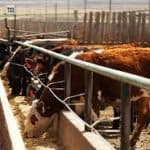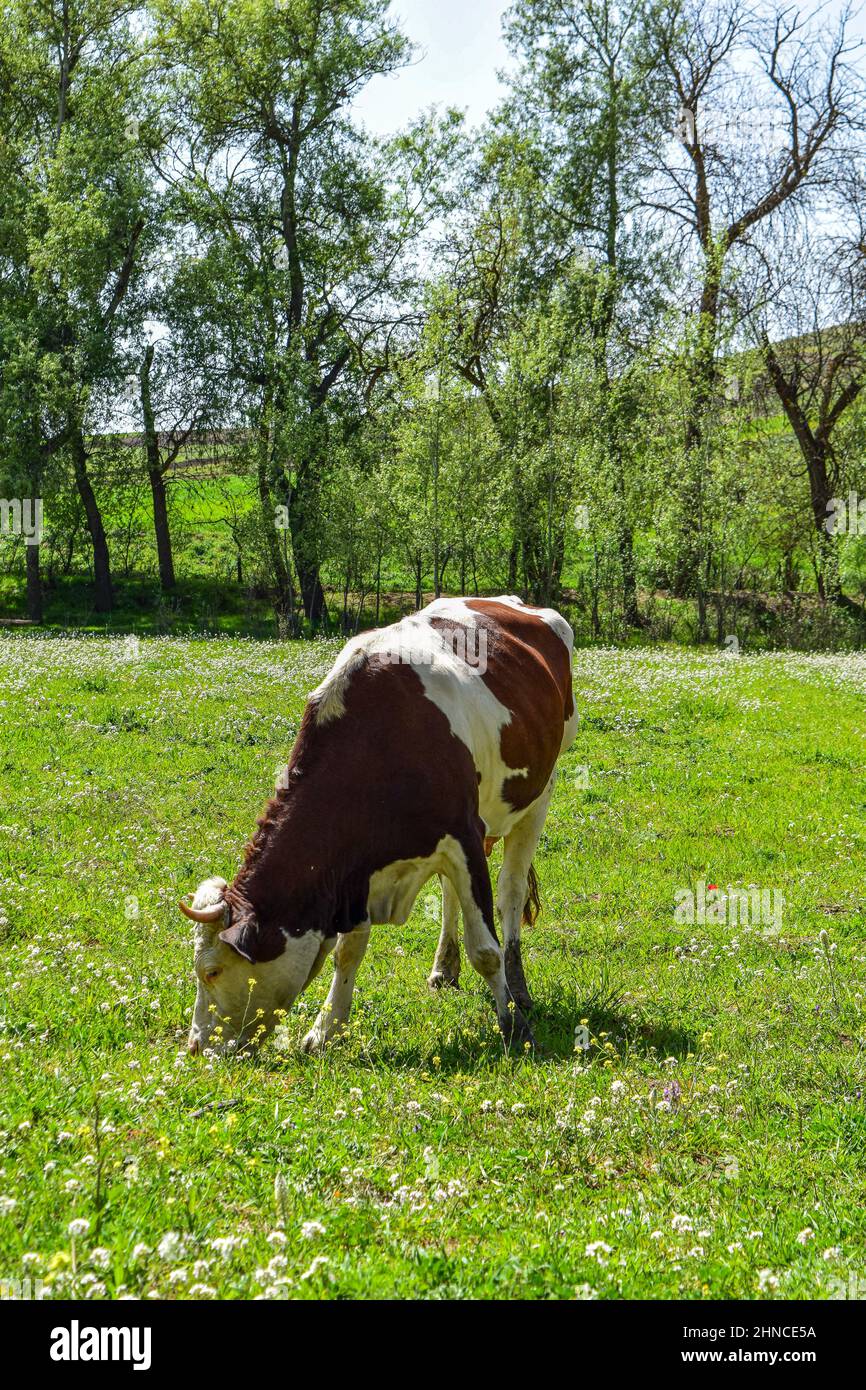
If you are planning to raise cows, you probably have heard that cows can die if they eat clover. While this is not true, there are some plants that can make cows sick. This article will provide you with information about some of these plants.
Contents
White clover causes pasture bloat
For several years, white clover has been linked to pasture bloat in cattle. This is a condition where excess gas builds up in the rumen of grazing animals. The pressure on the diaphragm can restrict breathing, and may cause heart failure. Bloat is also seen with young green cereal crops and turnips.
While bloat does not always kill cattle, it can be very painful and can result in asphyxia. Symptoms include frequent urination and bellowing.
There are steps you can take to prevent bloat. These include cutting hay earlier. You can also provide a bloat block. To use a bloat block, feed it according to the instructions on the label.
Another way to control bloat is to incorporate bloat-resistant legumes. Several commercial cultivars are available.
Also, you can plant a tannin-containing plant, such as sainfoin or lucerne, to introduce a new component into the sward. These plants increase the tannin content of conventional legumes.
Red clover causes bloating
Bloat is a common problem in cattle grazing pastures with legumes. This is caused by a buildup of gas in the rumen. The excess gases may compress the diaphragm and limit breathing. In extreme cases, bloat can lead to heart failure and death.
Bloat is a major cause of losses in the dairy industry. It is estimated to cost Canada about $22 million annually. A similar amount of damage is also experienced in the United States. However, bloat can be controlled through careful management of the pasture.
One way to reduce the risk of bloat is to use a buffer feed. This can be silage or hay. Other strategies include feeding sainfoin pellets. Sainfoin is a tufted species, which is high in protein and protein-derived compounds.
Sweet clover causes hemorrhagic disease
The sweet clover disease is a common livestock problem in the Northern Plains of the United States. It causes internal hemorrhage in cattle, resulting in death. Symptoms are not immediately obvious. External bleeding may not be noticeable. Internal bleeding usually occurs in pregnant animals.
The cause of the disease has been attributed to the deficiency of vitamin K in the animal’s blood. This is due to the fact that the vitamin is a precursor of the clotting factors.
In the 1920s, the cattle on the prairies of North America developed a deadly hemorrhagic disease. As the disease progressed, a prolonged activated partial thromboplastin time was observed.
A research team led by Karl Link found that a compound called dicoumarol is responsible for the development of the disease. Dicoumarol inhibits the activity of vitamin K epoxide reductase, which is involved in the metabolism of vitamin K.
Rodenticide poisoning is a possible alternative diagnosis for hemorrhagic disease
In the 1920s, a fatal hemorrhagic disease developed in cattle in North America. The disease is caused by the consumption of spoiled sweet clover hay. Cattle eating the hay generally died within 30 to 50 days.
As an alternative diagnosis, many animals are affected by rodenticide poisoning. This type of disease requires a history of ingestion, blood tests and a complete investigation into potential exposures.
Anticoagulant rodenticides are a common cause of acquired coagulopathy in small animals. They inhibit the activity of vitamin K epoxide reductase. They also prevent the liver from synthesising active vitamin K. However, the presence of these agents in the liver has been reported to increase plasma protein binding.
Toxic anticoagulant rodenticides have a long half-life and tend to accumulate in the liver. Their effects are more noticeable when the animal is intoxicated.
Other plants that are toxic to cows
There are several plants that can be toxic to cows. If you have a hay field, pasture or wooded area, it is important to know what these plants are. Identifying these plants can prevent a problem from occurring.
Some plants can be ingested, but others are only toxic during certain stages of growth. The best way to protect livestock is to provide them with good forage.
Many herbicides are now available to keep cows from being exposed to harmful plants. Proper grazing and proper identification are the best ways to avoid problems.
Several poisonous plants are commonly found in improved pastures. These include lupine, pigweed, knapweed, water hemlock and meadow death camas.
Lupine is particularly dangerous to cattle. It is highly toxic during the early stages of pregnancy and can cause a condition known as crooked calf syndrome. When a cow eats lupine, it is possible for it to experience a variety of symptoms, including cleft palate, fused joints and deformed calves.


